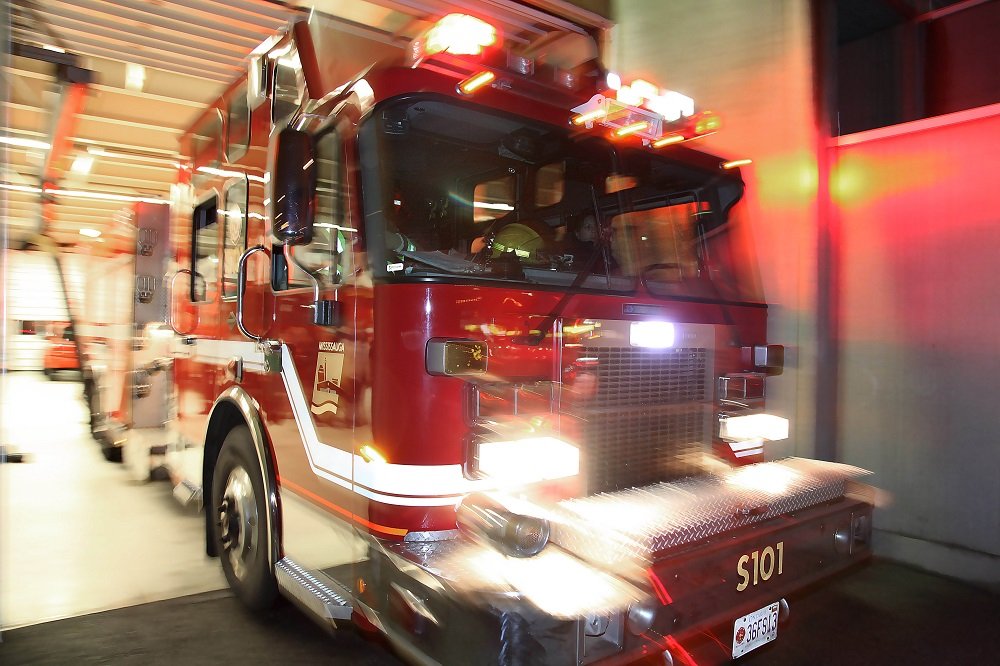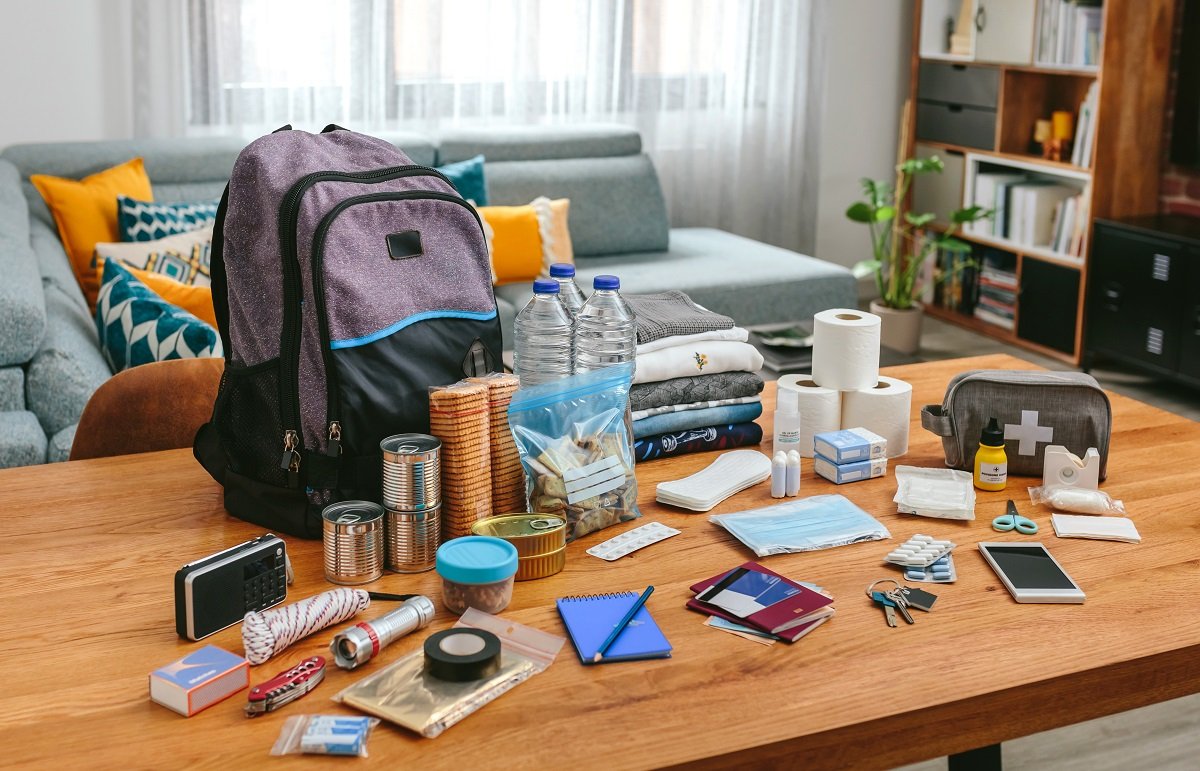Staying Safe and Preparing for the Unexpected in Mississauga
/Emergencies can happen any time and the best thing you can do is be prepared. While you can’t possibly prepare for every aspect of every emergency situation, you can ensure that you and your family have the essentials covered.
The following will provide you with information and important steps you can take to ensure you and your family are prepared in the event an emergency arises.
Remember Important Phone Numbers
It’s always a good idea to keep important telephone numbers and addresses near the phone or in your emergency kit. Select a person in another area to be your family's contact person if you get separated during an emergency. Ensure that everyone has this person's name and telephone number at all times, especially children and seniors – write them down on paper or add them to cell phones for easy reference.
Plan Your Safe Exit with a Home Escape Plan
Develop an escape plan by drawing a floor plan of your residence, showing the location of doors, windows and stairways. Don’t forget to indicate the location of emergency supplies, fire extinguishers, smoke alarms, collapsible ladders, first aid kits and utility shut-off points. Then, use a coloured pen to draw a broken line charting at least two escape routes from each room. Finally, mark a safe place outside your home where everyone should meet if you have to evacuate your home.
If you live in an apartment, make sure everyone in your family knows where to find the emergency exit. Show them where the fire alarm is and explain when and how to use it. In a fire or other emergency, avoid using the elevators if you possibly can, often they may not work during emergencies or if the power goes out. If anyone in your home has mobility issues, you are encouraged to sign up to be on Mississauga Fire and Emergency Services Vulnerable Persons Registry.
Regardless of what type of residence you live in, it’s important to practise emergency evacuation drills with everyone living in your home at least twice every year. Remember to also keep your home escape plan visible where babysitters or children can see it.
Prepare a Family Emergency Kit
Make sure everyone knows where to find the family emergency kit. It should contain items and supplies your family would need for up to 72 hours including water, canned/non-perishable food supplies, medications, batteries, a flashlight a first aid kit and more. If you already have an emergency kit, now is a good time to check expiry dates on food, medication and make sure the batteries still work. Take some time and learn more about putting together emergency kits including one for the car and items to consider including during the winter season.
Have Working Smoke and Carbon Monoxide Alarms
It’s a simple step but one that has proven to be lifesaving. Make sure you have working smoke and carbon monoxide alarms on every level of your home, especially outside sleeping areas – and be sure to check the batteries. An easy way to remember is to check them when the clocks change for daylight saving time – spring and fall. And remember, that if any of your smoke or carbon monoxide alarms s are more than 10 years old, it’s time for them to be replaced.
Have a Plan for Vulnerable Family Members
Home Health-Care Patients or those who rely on home health care and/or personal support should discuss emergency plans with their caregiver and doctor. In addition to having a conversation with medical professionals, it’s a good idea to register yourself or a loved one with Mississauga Fire and Emergency Service’s new Vulnerable Persons Registry. This step will aid firefighters in being able to quickly and effectively respond to the specific needs of individuals who may have mobility limitations, visual and hearing impairments, who use oxygen devices or have other requirements.
By following and implementing these basic emergency planning steps, you’ll be prepared and ready to take quick action – helping to keep you and your family safe.
Learn more about:
More ways to keep you and your family safe during emergency situations
Mississauga Fire and Emergency Service’s Vulnerable Persons Registry
The City of Mississauga’s Office of Emergency Management














